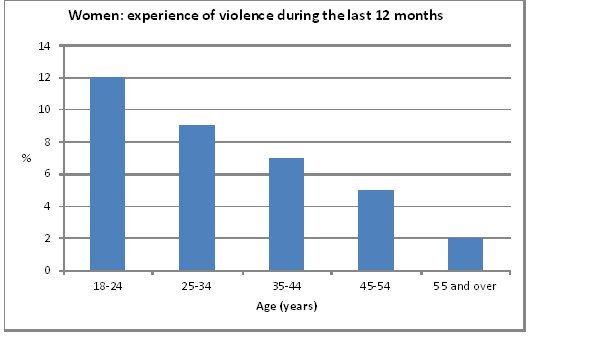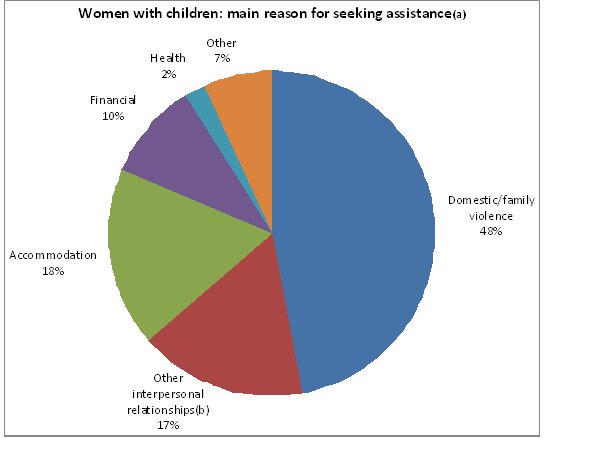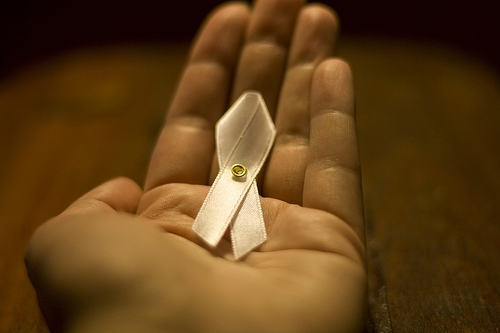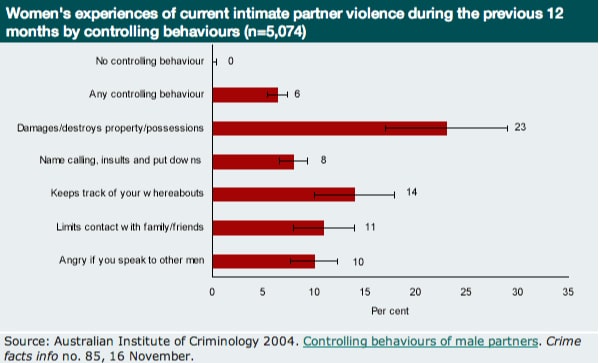Emotional abuse and controlling behaviour in relationships is one of those things that tends to be hidden within the relationship and often not known about by friends and family of the victim.
Simon Gittany was found guilty of murder this week after throwing his fiancee Lisa Harnum off the balcony of their upmarket Sydney inner-city apartment in 2011.
This shocking crime has put emotional abuse, controlling behaviour and domestic violence in relationships back on the front page of national newspapers across Australia with the judge finding that Gittany killed his fiancee in a fit of rage.
Table of Contents
What is domestic violence and emotional abuse?
Domestic violence includes emotional abuse and occurs when a partner or family member uses violent or aggressive behaviour to try and control another family member.
Emotional abuse can be more invisible as it also includes manipulating, threatening, or controlling behaviours that may not seem apparent to the outside observer. This can include controlling finances, spying, or stalking a partner, or limiting their access to friends and family so that their support networks are not accessible.
Domestic violence and emotional abuse can include:
- shoving, pushing, and slapping
- hitting, kicking, punching, or cutting
- sexual coercion, forcing unwanted sexual acts, and spousal rape
- making threats, humiliating or degrading behaviour
- destroying property or cutting off access to communication with others
- stalking, spying, and monitoring emails and private communications
- controlling finances or limiting access to money
- yelling insults, publicly shaming or stonewalling for long periods
Many people consider domestic violence to be physical aggression and abuse, but it’s important to know that verbal abuse and controlling behaviours are also considered forms of domestic violence.
The statistics for emotional abuse and domestic violence in Australia

ABS and IVAWS statistics indicate that younger women are more likely to have recently experienced physical and sexual violence than older women. The Personal Safety Survey 2005 found that 12 per cent (117 000) of women aged 18–24 years experienced at least one incident of violence in the last 12 months. Recent experience of violence decreased with age to two per cent (42 100) of women aged 55 and over.
Sadly, the statistics in Australia for domestic violence and partner abuse are disturbing.
Research submitted for a parliamentary inquiry in 2011 showed that:
- 34% of women who had a current or former intimate partner (including boyfriends) experienced at least one form of violence from a partner during their lifetime.
- 31% of women who had a current or former intimate partner experienced physical violence and an estimated 12% suffered sexual violence from a partner during their lifetime.
- Of the women who had a current or former intimate partner, 6% reported that their partner had forced them to have sexual intercourse at some stage during their lifetime.
- Almost 4 in 10 women (between 37 and 40%) who were in a current relationship reported experiencing at least one type of controlling behaviour over their lifetime; 6% controlling behaviour in the past 12 months.
These are certainly disturbing statistics for women. That said, emotional abuse and domestic violence can and does occur with female perpetrators and male victims, but it is not as prevalent as male perpetrators and female victims of violence.
What are the signs of emotional abuse and domestic violence?
Controlling partner behaviour is very prevalent and is considered a form of emotional abuse and domestic violence.
You can see from the chart above that some of the more common controlling behaviours include damaging property and possessions, keeping track of your whereabouts, limiting contact with family and friends, and jealous anger from speaking with other men.
Reading the disturbing accounts of what Lisa Harnum was experiencing in the lead up to her death gives a harrowing account of some of the common signs of emotional abuse and domestic violence.
They included:
- being watched and recorded by surveillance cameras inside and outside their apartment
- secretly recording her phone and monitoring her text messages
- making threats to her safety and wellbeing if she was to leave him
- extreme jealousy to the point of asking her not to speak to or look at men
- physical violence that was caught on CCTV at his apartment
If you are concerned that your friend or family member is the victim of emotional or physical abuse, other signs to watch out for include:
- emotional exhaustion and increased feelings of anxiety and/or depression
- increasingly becoming more isolated and cut-off from friends and family for no understandable reason
- becoming hypervigilant about being seen with men or socialising with people unknown to their partner
- nervousness about changing plans or excessively worrying about how their partner will react if not home by a certain time
- constantly placating or trying to calm down their partner in social situations
- volatile arguments or rages in front of friends and family
- inexplicable feelings of fear about their partner or displaying frightened reactions or worry about their partner’s reactivity
One of the sad things about the case of Lisa Harnum was that she was likely too isolated and cut-off from friends and family for them to know how serious the situation was for her.
Lisa Harnum’s mother’s evidence in court was that in their last ever phone conversation, Lisa was “frantic”, fearful and told her mother to contact her counsellor “if something happens to me”.
This was clearly a cry for help and a sign that the abuse in their relationship had deteriorated to the point where she was fearful for her life.
How do you know when to leave your relationship?

The single greatest reason people present to SAAP (Supported Accommodation Assistance Program) is domestic or family violence, accounting for 22% of support periods.
Knowing when to leave your relationship is, of course, a difficult question and not something that warrants a blanket answer.
What I think is important is that you need to weigh up your relationship values with those that are occurring in your relationship.
When I speak to people that are in violent relationships, I often ask them to tell me their relationship values.
Often I will hear values such as:
- honesty and clear communication
- trust and safety
- respect and honouring differences
- the importance of feeling cared for and caring for another
- equality that includes mutual giving and receiving
You can see from this shortlist that many of the behaviours of emotional abuse and physical violence are simply incompatible with these relationship values.
It’s through getting really clear about those relationship values that are core values- meaning they are non-negotiable- that you can then decide if this is the type of relationship you want to be in.
This is a very simplified idea, and the complexity of individual psychologies and relationship dynamics are never this simple. If it was, most victims of emotional abuse and domestic violence would leave long before their relationship deteriorated.
What to do if you’re thinking of leaving an emotionally abusive or violent relationship
The reality is most people in an abusive relationship will turn to trusted friends and family for help.
It’s essential that if you find yourself as the trusted confidant, that you take what you hear seriously and support them in whatever way you can.
Often people in abusive relationships feel incredibly alone and isolated, so speaking up can be a big deal and not one to be taken lightly.
You can also help your loved ones build confidence and seek the support they may need to be able to leave the abusive situation.
If you’re a friend of family member hearing about an abusive relationship, this is what you can do to help:
- give time and space to listening carefully to what they are saying
- ask how you can help and what they need from you in order to stay safe and healthy
- know that your loved one may still feel very protective of the abuser, so avoid putting them down or being negative about the partner
- help them get in touch with support services, such as a G.P., therapist, counsellor, or domestic violence support service
- keep a close eye on them, track how they are going, and look for any signs of deterioration in their composure or health
- assess how much danger they are in and whether you need to involve more support people, such as other family members
- help them form a safety plan if needed, and work out how you can support them if they need to suddenly leave the home or relationship
- inform your loved one that the police take these matters very seriously and are there to support victims of violence
- inform your loved one that an AVO (Apprehended Violence Order) is always an option if they fear for their safety
If you are a partner who is currently experiencing abuse or fear for your safety, you may want to consider the following:
- involve more people- friends and family- so that you’re not isolated from supportive people that care for you
- engage support services, such as 1800Respect, a counsellor or therapist, your local G.P. or police
- have a safety plan if the relationship suddenly deteriorates, so you know what to do and where you can go for immediate support and safety
- if there are children involved, make sure they are safe and protected from experiencing or witnessing any violence
The death of Lisa Harnum is a sad reminder that when emotional abuse and domestic violence go on without containment or intervention, the results can be tragic and deadly.
As a community, we need to be vigilant for those in need or in danger and not be scared to ask questions or speak up when we are concerned about the wellbeing of our loved ones.
What’s your view on this tragic death and domestic violence? Share your comments below.
If you’re concerned about domestic violence, or abuse in your relationship, please consider contacting one of the following services:
- LifeLine or calling 11 13 14
- Police or Ambulance by calling 000
- 1800Respect or call 1800 737 732 for 24 hours, National Sexual Assault, Family & Domestic Violence Counselling Line for any Australian who has experienced, or is at risk of, family and domestic violence and/or sexual assault.
- Australia Counselling Directory: find a counsellor or psychotherapist in Australia
- Translating and Interpreting Service: phone to gain access to an interpreter in your own language (free) 131 450
- Mensline Australia: supports men and boys who are dealing with family and relationship difficulties 1300 78 99 78
- Kids Help Line: telephone counselling for children and young people, free call: 1800 551 80o
References:
Image sources:
- ABS, Personal safety survey Australia 2005 (Reissue), cat. no. 4906.0, ABS, Canberra, 2006, p. 20.
- Australian Institute of Criminology 2004. Controlling behaviours of male partners. Crime facts info no. 85, 16 November.
- AIHW, Government-funded specialist homelessness services SAAP National Data Collection annual report 2009–10, Australia Appendix, cat. no. HOU 238, AIHW, Canberra, 2011, p. 11.
Do you need relationship help?
If you need help with your relationship, contact Clinton Power + Associates on (02) 8968 9323 to discuss your situation and find out how we can help.
Since 2003, Clinton Power has helped thousands of couples and individuals as a counsellor and psychotherapist in private practice in Sydney and online in Australia. Clinton regularly comments in the media on issues of relationships and has appeared on Channel 7, The Sydney Morning Herald, and ABC Radio. Clinton’s eBook, 31 Days to Build a Better Relationship is available through his website or Amazon. Click here to take Clinton’s relationship checkup quiz to find out how well you know your partner.



